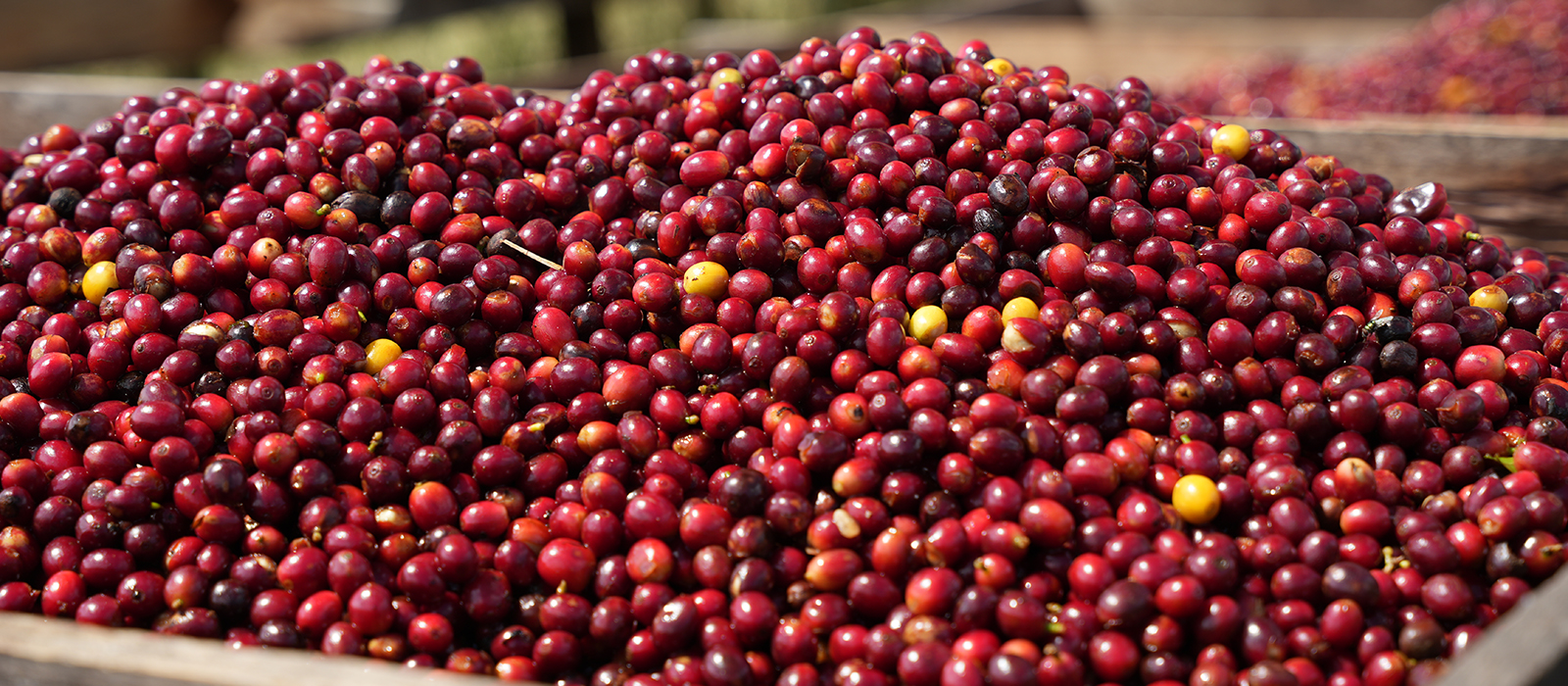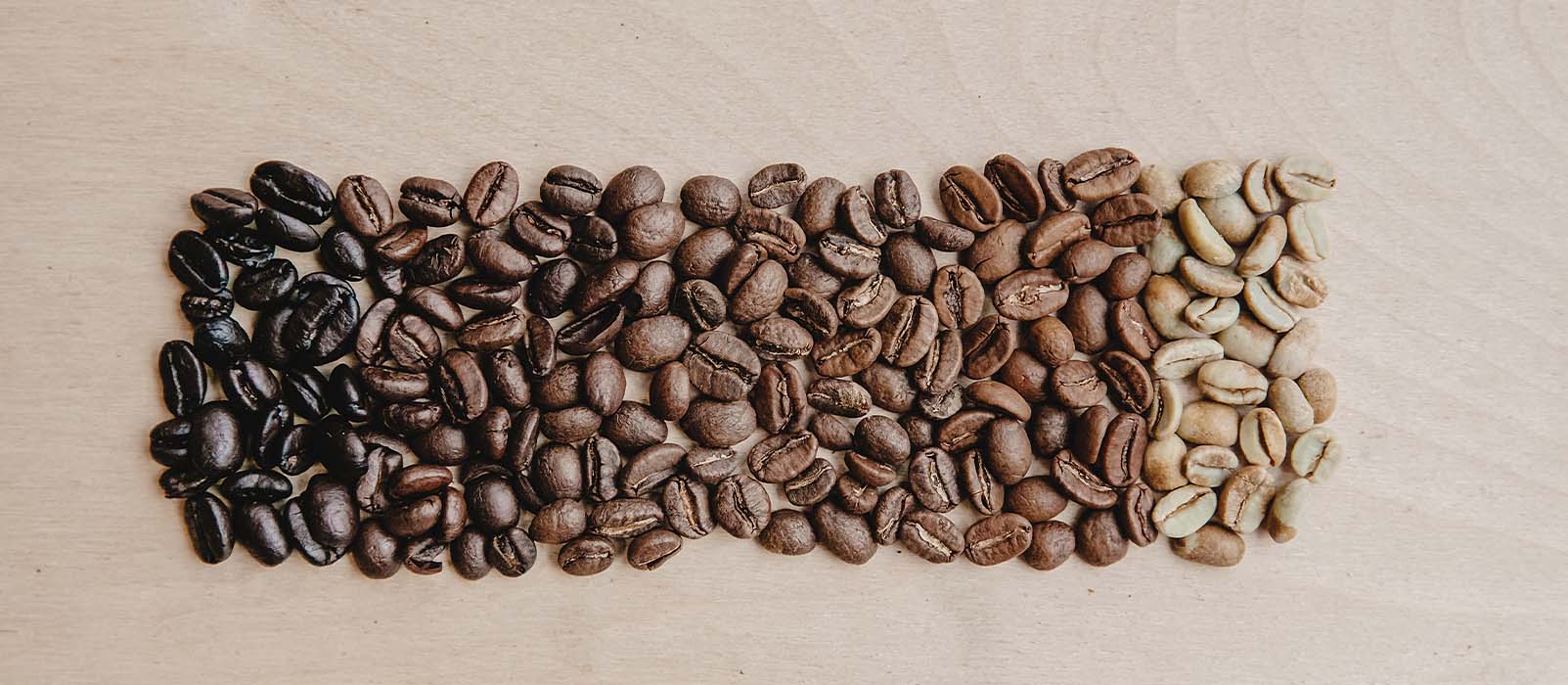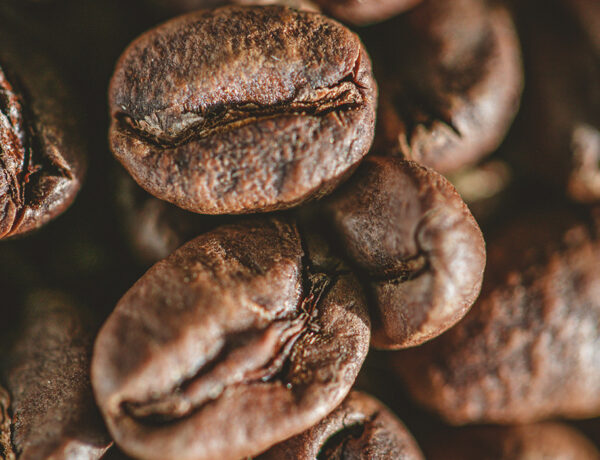
- Home
- Top 5 Best Coffee Beans For Espresso
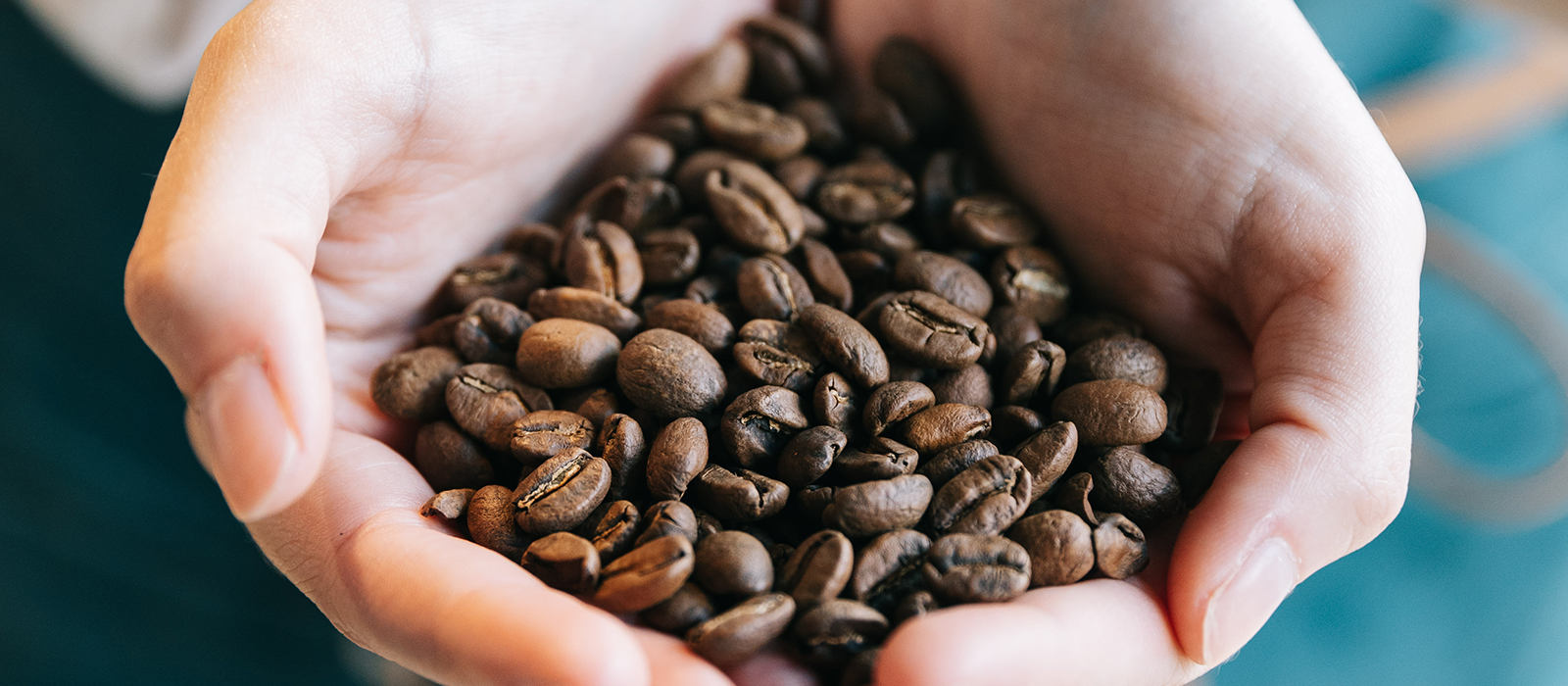
Top 5 Best Coffee Beans For Espresso
Written by Alice
Reading time 9 minIf fashion has taught us anything, it’s that one size never fits all. And that idiom rings true for coffee as well. Some like their coffee bitter and full-bodied, others prefer a more fruity and subtle flavour, and yet others will likely opt for a light and chocolaty aroma. That being said when it comes to espressos, they will always be on the richer and stronger end of the spectrum. They tend to be made from dark roasted coffee beans that offer a slightly bitter flavour that many people enjoy. Despite what many people think, espressos can be made from virtually any roast of coffee, though they are predominantly often made from dark or medium roast coffees. Before we go over our suggestions for the best coffee beans for espresso, let’s take a step back and see how a coffee bean goes from a plant to a beverage. Then we’ll see how you can choose the right bean for your preferences.
What Are Coffee Beans?
In short, coffee beans are small but mighty seeds that grow in the vibrant red cherries of the Coffea plant. The process begins with the careful cultivation of coffee plants in sun-drenched regions renowned for their ideal climate and soil conditions. There are several species of coffee plants, but only two are commonly cultivated: Coffea Arabica and the Robusta variety of the Coffea Canephora. These plants thrive in equatorial regions. As the cherries ripen on the branches, they transition from green to a deep, luscious red, indicating their readiness for harvest.
Once harvested, the cherries undergo processing to extract the precious coffee beans within. There are several processes for this, including the traditional dry process also known as natural process where the cherries are laid out to dry in the sun. The washed process or wet process is generally favoured for espressos. The cherries are pulped to remove the outer skin before fermentation and washing. These processing methods will directly influence the bean’s final flavour profile.
The next step involves the beans being sorted and graded based on various factors such as size, density, and quality. This rigorous selection process ensures that only the finest beans make their way to market. After that, the best beans move on to roasting, where the magic truly happens! The roasters apply heat to unlock the bean’s hidden potential and imbue them with their distinctive flavour profiles. For espresso, a medium to dark roast is usually preferred, coaxing out rich caramelised notes while preserving the bean’s natural sweetness and acidity – the perfect balance for a bold, delicious shot. The beans are then ready to be packaged and sold whole or ground.
From the cherry to the cup, coffee is a journey that encompasses centuries of tradition, expertise, and passion, culminating in that perfect moment when the aroma of freshly brewed espresso fills the air.
How to choose the right coffee beans
When it comes to preparing the perfect espresso for your preferences, the right beans are key. And grabbing just any bag off the shelf won’t cut it. Understanding the impact of the origins of the beans, the roast, and the desired extraction method on the flavour profile is the best way to successfully choose the right beans. Here are the main elements to know:
Aromatic Groups
Different coffee varieties offer a spectrum of flavours, ranging from fruity and floral to nutty and chocolaty. Understanding these aromatic groups can help you pinpoint the flavours that best complement your preferred espresso style. For instance, if you enjoy a bright and fruity espresso, opt for beans with citrus or berry notes. On the other hand, if you prefer a more robust and chocolatey flavour, look for beans with caramel or cocoa undertones.
Roasting
The roasting process plays a pivotal role in determining the flavour profile of coffee beans. For espresso fans, the roast level is particularly important as it affects the intensity and complexity of the brew. Traditionally, espresso beans are roasted to a medium-dark to dark level to enhance their boldness and develop rich caramelization flavours. However, with the rise of speciality coffee, some roasters experiment with lighter roasts to highlight the beans’ intrinsic sweetness and acidity. When choosing coffee beans for espresso, consider your preference for roast intensity and opt for beans roasted to your desired level.
Extraction Method
Espresso extraction is a precise and delicate process that requires the right balance of pressure, temperature, and grind size. The choice of coffee beans can significantly impact the quality of the espresso extraction. Certain beans are better suited for espresso brewing due to their density, oil content, and flavour characteristics. When selecting coffee beans, be sure the packaging specifically states that they are suited for espressos. These beans are typically selected and roasted with the unique requirements of espresso extraction in mind, ensuring optimal flavour extraction and crema formation.
Type of drink
Not everyone wants to brew an espresso to drink it as-is. You may want to add creamers or turn it into an iced drink. Here are our recommendations based on your preferred drink:
- For classic espresso: Medium dark roasts are your golden ticket. They strike the perfect balance between sweetness, acidity, and body, offering a robust flavour without excessive bitterness. Popular choices include Italian-style coffee blends or single-origin beans from Brazil or Sumatra.
- For milk-based drinks: Opt for a slightly darker roast. The bolder flavours stand up well to milk and sugar, creating creamy lattes and cappuccinos with decadent chocolatey notes. Think French or Italian roasts, or blends designed specifically for milk drinks.
- For adventurous palates: Try a light roast, but choose carefully. Lighter roasts can be bright and nuanced, but their higher acidity might not translate well to espresso unless expertly extracted. Look for single-origin beans known for their complex acidity, like Ethiopian Yirgacheffe or Kenyan AA.
If you don’t quite know where to start, here are a few tips:
- Try out a few different origins: Different coffee beans from specific countries, regions, or varietals can result in unique flavour profiles. Experiment with various origins to find the taste you prefer
- Freshness: Opt for freshly roasted beans whenever possible. Coffee beans begin to lose their flavour and aroma after roasting. Look for roasters who provide roast dates on their packaging, and consider purchasing from local roasters for the freshest beans.
- Start with medium dark roasts: This is a safe bet for beginners, offering a balanced flavour profile without excessive bitterness.
- Ask for recommendations: Coffee shops are the best place to go to get valuable advice based on your specific preferences. They will generally have great beginner-friendly options and will ask you a few questions to understand your tastes.
- Last but not least: experiment! It may take a while to find the perfect beans for your taste. But be patient and try to understand what you do and do not like about the beans you try to help guide in the right direction.
Our Top Tips For Brewing Your Espressos At Home
It’s not always easy to brew a great shot of espresso at home. The baristas in your favourite coffee shop may make it look easy, but there’s a lot that goes into making an espresso just right. Here are a few of our best tips to get you started:
- Quality grinder: A good grinder is crucial for consistent grind size, which directly impacts extraction and the quality of your brew. We suggest opting for burr grinders over blade grinders. This investment is definitely worth it.
- Grind size: If the same vein, grind size is an essential part of brewing espressos. Start with a fine grind, slightly finer than table salt. Then, adjust based on your espresso machine and desired taste. You want to aim for a 25-30-second extraction for a double shot, so if it’s any faster or slower than that, adjust your grind size accordingly.
- Filtered water: It may seem obvious, but not everyone realises how much the water you use will affect the taste of your coffee. Use filtered or bottled water with low mineral content.
- Freshly roasted coffee beans: We’ve said it before but the fresher the beans, the better.
- Brew temperature: Most machines have an ideal range (90-96°C). You can ensure a more stable temperature by preheating and flushing water before brewing.
- Cleanliness: Be sure to regularly clean your machine to remove coffee oils and build-up. These oils will alter the taste of your brew, so a clean start ensures the best possible flavour.
MaxiCoffee’s tasty tips
As a little extra, we’d say to those who like to make a nice creamy latte or cappuccino with their espresso to steam and froth milk before adding them to the espresso. This will add lightness and creaminess. If after all these tips you feel like you’re still uncertain, or you’re still not satisfied with your results, try watching a few online tutorials or guides for visual learning.
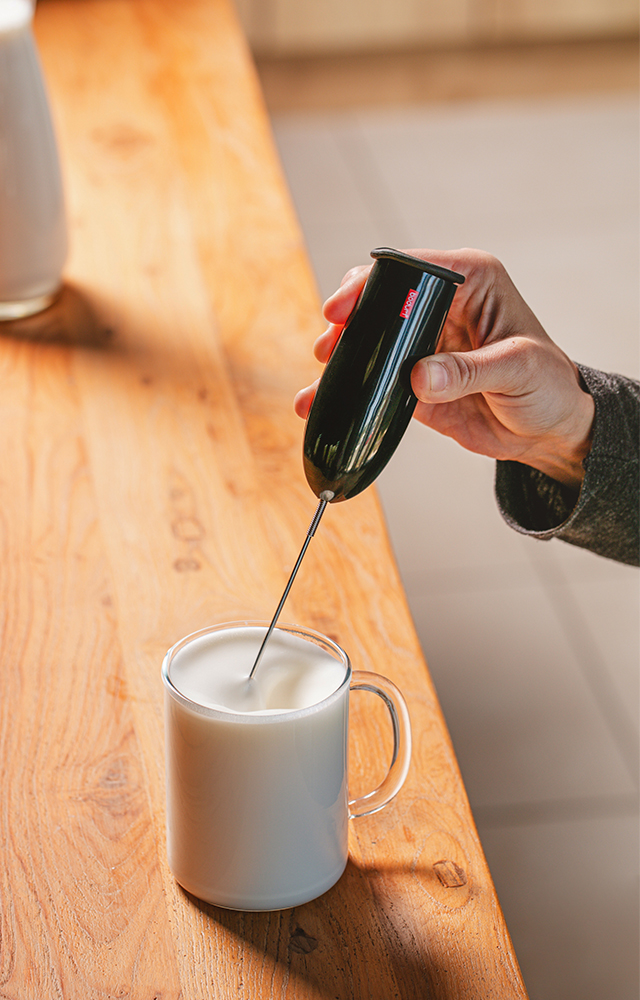
Our Selection Of The Best Coffee Beans For Espresso
The Barn – La Esperanza Specialty Coffee Beans – 250g
Our first choice is the La Esperanza Specialty Coffee from The Barn. These may well be the best arabica coffee beans for espresso. The beans are specially roasted for espresso by The Barn’s renowned teal, are a medium roast and are of pure origin. They offer a balanced, long-lasting coffee with dominant notes of red berries and rich & sweet secondary notes. The tasting notes are milk chocolate, vanilla, cranberry and red plum.
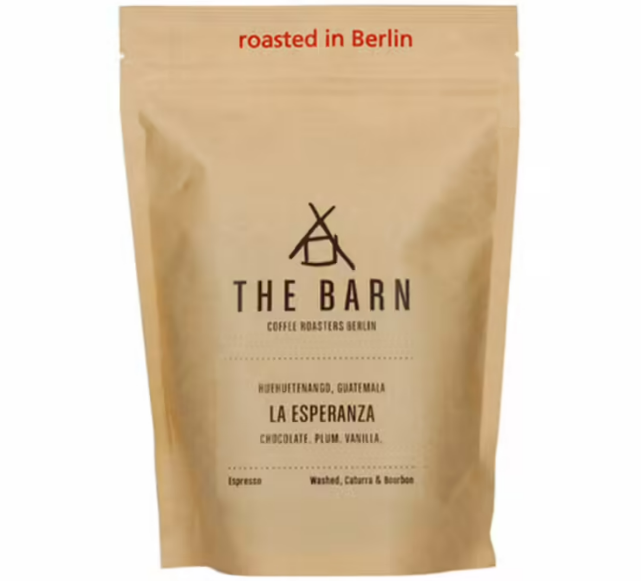
Coffee beans – La Esperanza – The Barn (250g)
– Origin Guatemala
– Notes of milk chocolate, vanilla, cranberry and red plum
– Pure origin
Perléo – Virtuoso Espresso Coffee Beans – 1kg
Next up, Perléo’s Virtuoso espresso coffee beans. Virtuoso is a 100% arabica blend that delivers an intense, well-rounded cup of coffee with a long mouthfeel. If you’re a fan of Italian espressos, you will enjoy the powerful flavours of a short, intense coffee with a rich & sweet aroma. The aromatic group of these beans is citrus.
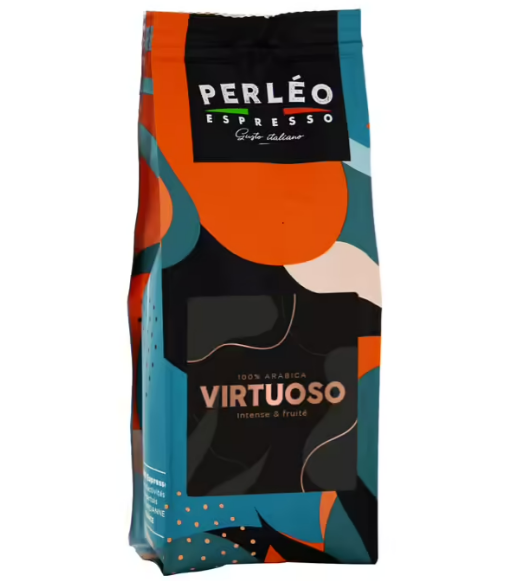
Coffee beans – Virtuoso – Perléo (1kg)
– Very dark roasting
– Notes of dark chocolate, candied orange and nougatine
-100% Arabica
Pellini – Top Coffee Beans – 1kg
Pellini’s Top coffee beans are another fan-favourite. These woody coffee beans are 100% arabica and deliver an exceptional naturally mild coffee with very little caffeine. It offers a creamy, voluptuous espresso with notes of cocoa. The dominant note of these beans is woody.
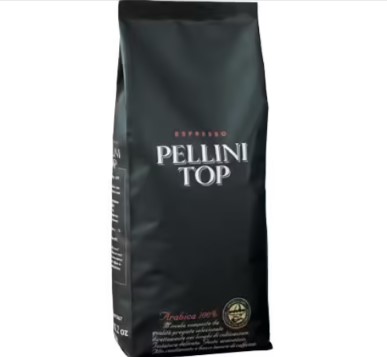
Coffee beans – Pellini Top – Pellini
– Notes: chocolate, nuts, woody
– Origin: blend
– Packaging: 1 kg pack
Amadito – Brazil Guatemala Speciality Coffee Beans – 250g
With these speciality coffee beans, Amadito brings coffee lovers an espresso with rich & sweet notes and herb-like secondary notes. From Mogiana in Brazil and Solola and Atitlan in Guatemala, Arabica and Robusta are grown at an altitude of up to 1500 m. It offers a balanced intensity and a variety of delicious tasting notes (hazelnuts, fresh almonds and chocolate) making it exquisite in espresso.
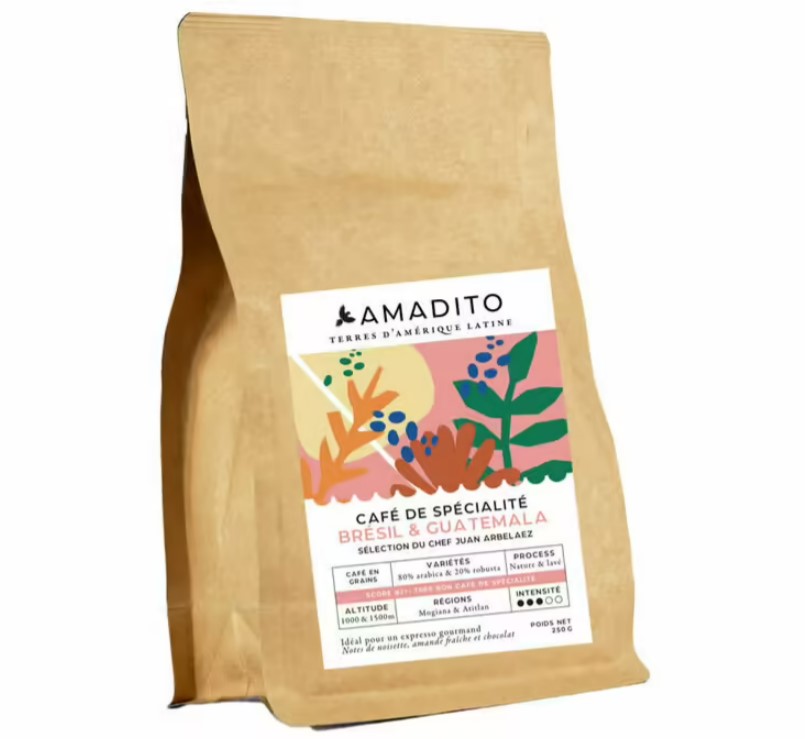
Coffee beans – Brazil Guatemala – Amadito (250 g)
– Notes: almond, banana, dark chocolate
– Origins: Brazil, Guatemala
– Medium dark roast
Goppion – Dolce Coffee Beans – 1kg
The Dolce beans by Goppion are a blend of 90% Arabica and 10% Robusta. This results in a balanced, velvety coffee with a slight acidity. It has notes of cocoa, nuts and toast.
These Goppion beans are roasted by hand in Italy using the traditional slow-roasting method. All coffee beans are roasted separately by variety to guarantee the highest possible quality. These beans offer a great blend of rich & sweet dominant notes and lingering notes of spices
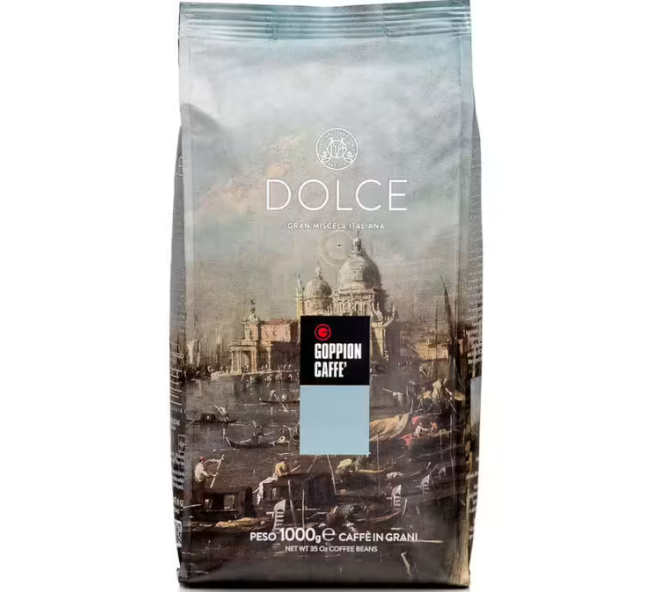
Coffee beans – Dolce – Goppion Caffé (1kg)
– Notes : cinnamon, cocoa, molasse
– Origins : blend
– Packaging: 1 kg pack
Now you should know all you need to know about espressos, from the beans and where they come from, to espresso blends, the different brew methods and which espresso roast and variety could be right for you. If you want to go further than our selection of the best coffee beans for espresso, be sure to check out our full catalogue of both arabica and robusta beans.
Discover all of our articles
